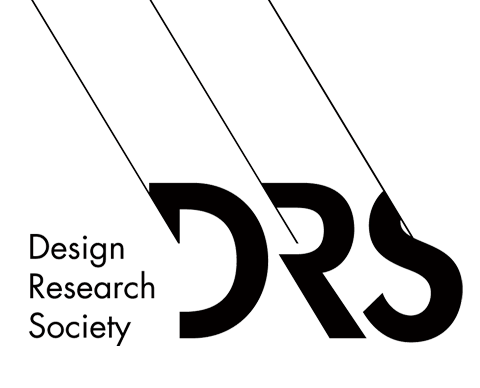Abstract
The pluriverse represents an entanglement of cosmologies shaped by coloniality and modernity (Mignolo, 2013). Service design's historical roots trace back to exploitative systems, evident in both slavery's triangular trade and domestic service hierarchies. Even the etymology—'service' from servitus (slavery)—reflects a problematic legacy (Kim, 2018). These historical power dynamics persist in contemporary service design through gendered and racialized divisions, exploitative supply chains, and hierarchical service environments (Prendiville, 2024; Allen 2019; Inikori, 2002; Williams, 1994). Service design practices can either challenge or reinforce these dynamics, as demonstrated in Bitner's servicescapes theory and Clatworthy or Vink’s analysis of design's cultural and social impact. This positions designers as active agents who can perpetuate or transform existing power structures in service relationships.
Keywords
Pluriversal design, Service design, Kinship studies, Legacies, Entanglement, Cosmologies
DOI
https://doi.org/10.21606/nordes.2025.80
Citation
Llamas, C.,and Salazar, P.C.(2025) Design in Service of the Pluriverse (Anonymised), in Morrison, A., Culén, A. & Habib, L. (eds.), Nordes 2025: Relational Design, 6-8 August, Oslo, Norway. https://doi.org/10.21606/nordes.2025.80
Creative Commons License

This work is licensed under a Creative Commons Attribution-NonCommercial 4.0 International License
Conference Track
Workshops
Included in
Design in Service of the Pluriverse (Anonymised)
The pluriverse represents an entanglement of cosmologies shaped by coloniality and modernity (Mignolo, 2013). Service design's historical roots trace back to exploitative systems, evident in both slavery's triangular trade and domestic service hierarchies. Even the etymology—'service' from servitus (slavery)—reflects a problematic legacy (Kim, 2018). These historical power dynamics persist in contemporary service design through gendered and racialized divisions, exploitative supply chains, and hierarchical service environments (Prendiville, 2024; Allen 2019; Inikori, 2002; Williams, 1994). Service design practices can either challenge or reinforce these dynamics, as demonstrated in Bitner's servicescapes theory and Clatworthy or Vink’s analysis of design's cultural and social impact. This positions designers as active agents who can perpetuate or transform existing power structures in service relationships.

